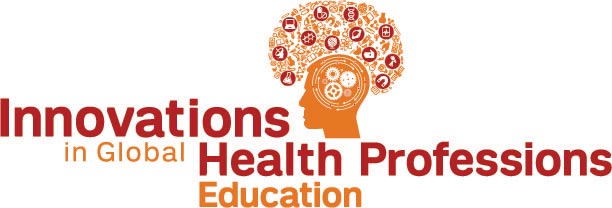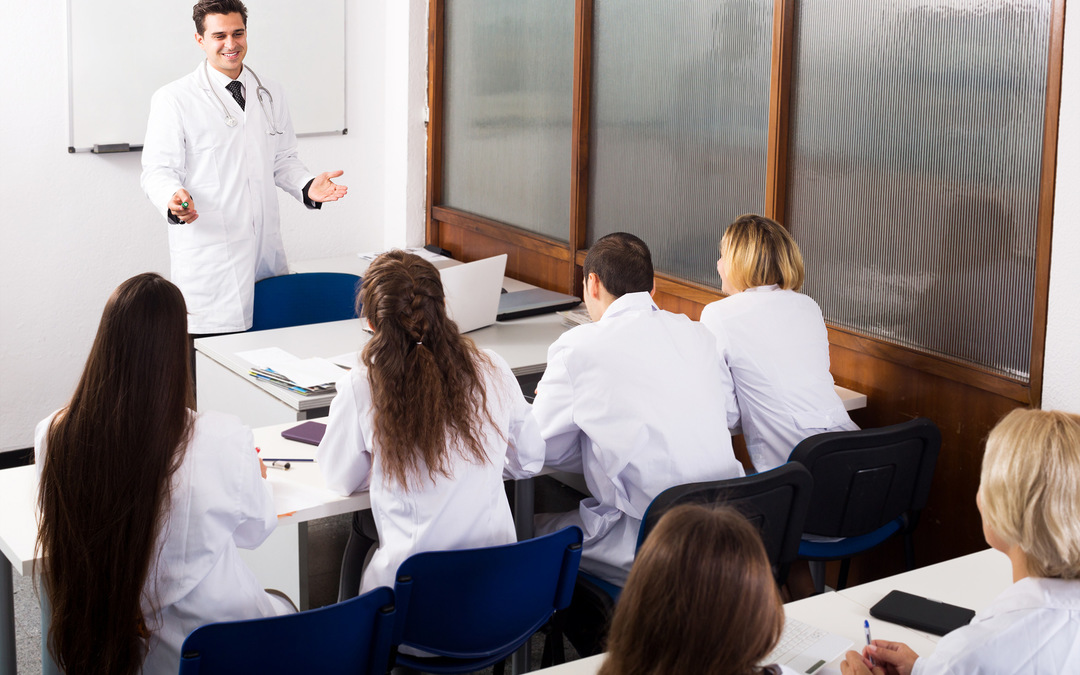“Content expertise”, as noted recently, does not equal “teaching expertise.” Moreover, the age gap between teachers and learners means that teachers too often teach the way they were taught, whereas the learners use ways of knowledge acquisition unknown to their teachers. This situation always existed, but it became more pronounced with the digital natives (or digital learners) of our century. Thus, novel ways to teach and to interact with students may be required today more than ever before. Teachers should be able to review and judiciously select novel tools and methods, instead of just reacting to educational trends or hunting technological fads.
For clinical and/or academic teachers, faculty development is key to accomplishing critical appraisal and adoption of novel teaching methods. New members of school of dentistry faculties seem to have particularly little teaching experience and training. Thus, programs that accomplish measurable changes without a substantial increase of teachers’ workload are worth a closer look. Zheng et al. report implementation and evaluation of a faculty development program (FDP) at University of the Pacific’s School of Dentistry. To introduce first-time instructors to course design and participant assessment, they designed the Course Director Orientation program (taking place once per year). To familiarize instructors with “technology-enhanced instruction,” the authors created the Teaching and Learning Seminar Series (a monthly event).
Using the well-established Kirkpatrick 4-level model to measure the outcomes of training programs, Zheng et al. monitored satisfaction, knowledge gain, and changes in faculty’s teaching and student learning behaviors. Besides reporting from teachers that they felt more confident in using novel techniques, changes in teaching methods involved the inclusion of active learning strategies—e.g., breaking up one-way, monologic lectures by forming small groups that report their thoughts and findings back to the plenum—and the use of blended learning, including the application of web and mobile technologies, such as the VoiceThread tool. This tool enables flexible learning outside of the actual instruction, at a pace deemed most beneficial by the student. Also, students can ask questions online, and the replies by fellow students can be reviewed and modified by the instructor(s). In principle, this allows building a tailor-made knowledge base for a certain course and group of students. Eventually, the very positive feedback for the VoiceThread tool led to its acquisition for the entire university.
Besides high satisfaction of the faculty, almost all respondents reported that the Course Director Orientation increased their reflection on teaching practice, leading to the development of new ways of grading or changing the position of their course within the school’s curriculum. Moreover, all participants stated that they revisited their own courses’ learning objectives, and most changed their student assessment practices.
Other recent reports also show that FDPs can achieve encouraging results through moderate efforts. At the Mayo Clinic1, focusing on teacher-resident interaction, just six interactive two-hour sessions per year improved residents’ assessment of clinical teachers’ behavior. Similarly, a thorough FDP evaluation at a midwestern school2 of dentistry showed that ⅔ of respondents changed clinical and classroom teaching, and ¾ reported that they better understood novel teaching and learning technologies.
Such results call for closer collaboration of medical, dental and nursing schools in FDP implementation and evaluation. Continuous faculty development could be as important for enhancing teaching competencies as continuing medical education is for keeping physicians’ professional competencies up to date.
Mirko von Elstermann
Read more: Zheng M, Bender D, Nadershahi N. Faculty professional development in emergent pedagogies for instructional innovation in dental education. Eur J Dent Educ. 2015 [Epub ahead of print] Dec 10 2015. http://dx.doi.org/10.1111/eje.12180
See also: [1] Lee SM, Lee MC, Reed DA, Halvorsen AJ, Berbari EF, McDonald FS, Beckman TJ. Success of a faculty development program for teachers at the Mayo Clinic. J Grad Med Educ. 2014;6:704-708. http://dx.doi.org/10.4300/JGME-D-14-00139.1
[2] Gadbury-Amyot CC, Smith DB, Overman PR, Bunce L. Faculty development at one midwestern dental school: a program evaluation. J Dent Educ. 2015;79:1177-1188. http://www.jdentaled.org/content/79/10/1177.abstract

